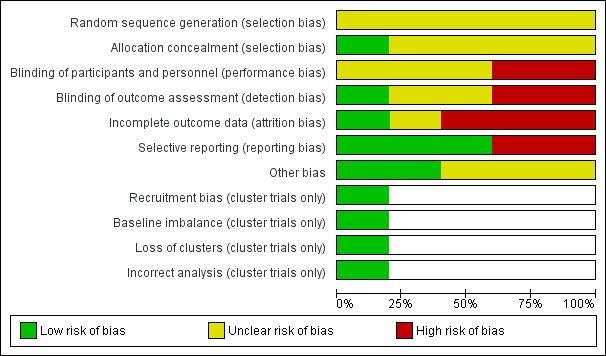Contenido relacionado
Revisiones y protocolos relacionados
Pauline Joyce, Zena EH Moore, Janice Christie | 9 diciembre 2018
Chunhu Shi, Jo C Dumville, Nicky Cullum, Sarah Rhodes, Elizabeth McInnes | 6 mayo 2021
Zena EH Moore, Declan Patton | 31 enero 2019
Chunhu Shi, Jo C Dumville, Nicky Cullum, Sarah Rhodes, Elizabeth McInnes, En Lin Goh, Gill Norman | 16 agosto 2021
Chunhu Shi, Jo C Dumville, Nicky Cullum, Sarah Rhodes, Elizabeth McInnes | 6 mayo 2021
Chunhu Shi, Jo C Dumville, Nicky Cullum, Sarah Rhodes, Asmara Jammali-Blasi, Elizabeth McInnes | 10 mayo 2021
Tom O'Connor, Zena EH Moore, Declan Patton | 24 febrero 2021
Zena EH Moore, Joan Webster | 6 diciembre 2018
Chunhu Shi, Jo C Dumville, Nicky Cullum, Sarah Rhodes, Vannessa Leung, Elizabeth McInnes | 7 mayo 2021
Qinhong Zhang, Zhongren Sun, Jinhuan Yue | 17 junio 2015











